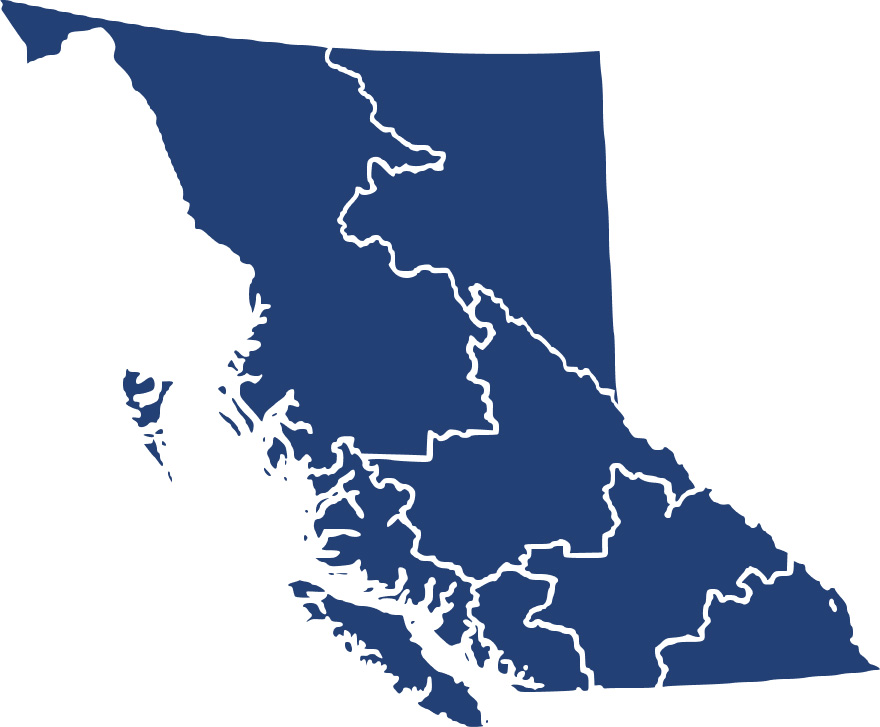Career Overview
Purchasing and inventory control workers:
- Process purchasing transactions
- Maintain inventories of materials, equipment and stock
- Work for retail and wholesale establishments, manufacturing companies, government agencies and other establishments
Duties
Purchasing control workers:
- Review requisition orders for accuracy and check that materials, equipment and stock are not available from current inventories
- Find and obtain price estimates from catalogues and suppliers, and prepare purchase orders
- Calculate cost of orders and charge or forward invoices to appropriate accounts
- Process purchases within purchasing authority
- Contact suppliers to schedule deliveries and to resolve shortages, missed deliveries and other problems
- Prepare and maintain purchasing files, reports and price lists
Inventory control workers:
- Use manual or computerized inventory systems to oversee inventory levels as materials, equipment and stock are issued, transferred within an establishment or sold to the public
- Use manual or computerized inventory systems to compile inventory reports, recording the quantity, type and value of materials, equipment and stock on hand
- Prepare requisition orders to replenish materials, equipment and stock
- Maintain stock rotation and dispose of and account for outdated stock
- Enter data for production scheduling, stock replenishment/relocation and inventory adjustments
- Match physical inventories with computer counts
Earnings
Earnings is income that workers receive in exchange for their labour. Depending on the type of employment, earnings can be in the form of wages (hourly), salaries (fixed monthly or annual) or self-employed earnings.
Work Environment
# Workers Employed
4,030% Employed Full Time
60%Work in this occupation is typically performed in a structured environment, such as an office.
Career Pathways
The duties of purchasing and inventory clerks may overlap in some establishments.
Promotion to supervisory positions or more senior occupations such as purchasing agent or retail buyer is possible with additional training or experience.
Related Careers
Occupational Interests
It’s important to understand what kinds of occupations align with your interests.
For more about occupational interests visit Skills for the Future Workforce > Characteristics.
Here are the top occupational interest(s) for this career profile:
Job Titles
Education, Training and Skills
- Completion of secondary school is usually required
- Courses in purchasing management may be required for purchasing clerks
- Courses in production and inventory management and ability to operate a computerized inventory system may be required for inventory clerks
Education programs in B.C.
The following program areas are related to this occupation:
- Academic/Basic Upgrading

Skills
Every job calls for a certain set of skills. Knowing those skills is the first step in finding a good career fit.
Here, you will find the 10 most relevant workplace skills. Some are more important to achieving success in a certain career than others. These skills may come naturally to you or you may need to gain them through education, training and experience.
See the list of work-related skills below, ranked in order of importance for this career. Check out the list and see if this career matches your skills—take that first step!
Talking to others to share information effectively.
Understanding written sentences and paragraphs in work-related documents.
Giving full attention to what other people are saying, taking time to understand the points being made, asking questions as appropriate, and not interrupting at inappropriate times.
Using logic and reasoning to identify the strengths and weaknesses of alternative solutions, conclusions or approaches to problems.
Keeping track of and assessing your performance, other individuals, or organizations to make improvements or take corrective action.
Being aware of others’ reactions and understanding why they react as they do.
Considering the relative costs and benefits of potential actions to choose the most appropriate one.
Being able to solve novel, ill-defined problems in complex, real-world settings.
Communicating effectively in writing as appropriate for the needs of the audience.
Adjusting actions in relation to others' actions.
Labour Market Statistics
Discover data, facts and information that have been gathered and analyzed. Learn about the characteristics of the economy and labour market in B.C.
Employment
Find out about employment types and trends by region and industry.
Employment
4,030Employment by Region















| Region | Employment | % Employment of this Occupation |
|---|---|---|
| Cariboo | 75 | 1.9% |
| Kootenay | 100 | 2.5% |
| Mainland/Southwest | 2,905 | 72.2% |
| North Coast and Nechako | 40 | 1.0% |
| Northeast | 20 | 0.5% |
| Thompson-Okanagan | 380 | 9.4% |
| Vancouver Island/Coast | 505 | 12.5% |
Labour Market Outlook
The B.C. Labour Market Outlook is a 10-year forecast of the expected supply and demand for labour in the province. It’s usually updated every year. The purpose is to provide British Columbians with the knowledge to make informed decisions on careers, skills training, education and hiring.
Forecasted Job Openings (2023-2033)
1,490Forecasted Job Openings
Forecasted Employment Growth Rate
Composition of Job Openings
Job Openings by Region (2023-2033)















| Region | Job Openings | Avg. Annual Employment Growth |
|---|---|---|
| Cariboo | 10 | 0.8% |
| Kootenay | 20 | 0.6% |
| Mainland/Southwest | 1,100 | 1.0% |
| North Coast and Nechako | Not available | Not available |
| Northeast | Not available | Not available |
| Thompson-Okanagan | 150 | 0.8% |
| Vancouver Island/Coast | 220 | 1.2% |
Industry Highlights
Learn about the opportunities in B.C.'s major industries, including employment trends, earning potential, locations of work and more.
Forecasted Job Openings by Industry
| Industry | Job Openings (2023-2033) |
|---|---|
| Retail Trade | 510 |
| Wholesale Trade | 230 |
| Manufacturing | 230 |
| Health Care And Social Assistance | 140 |
| Professional, Scientific And Technical Services | 100 |
Resources
Resource information is currently not available.








